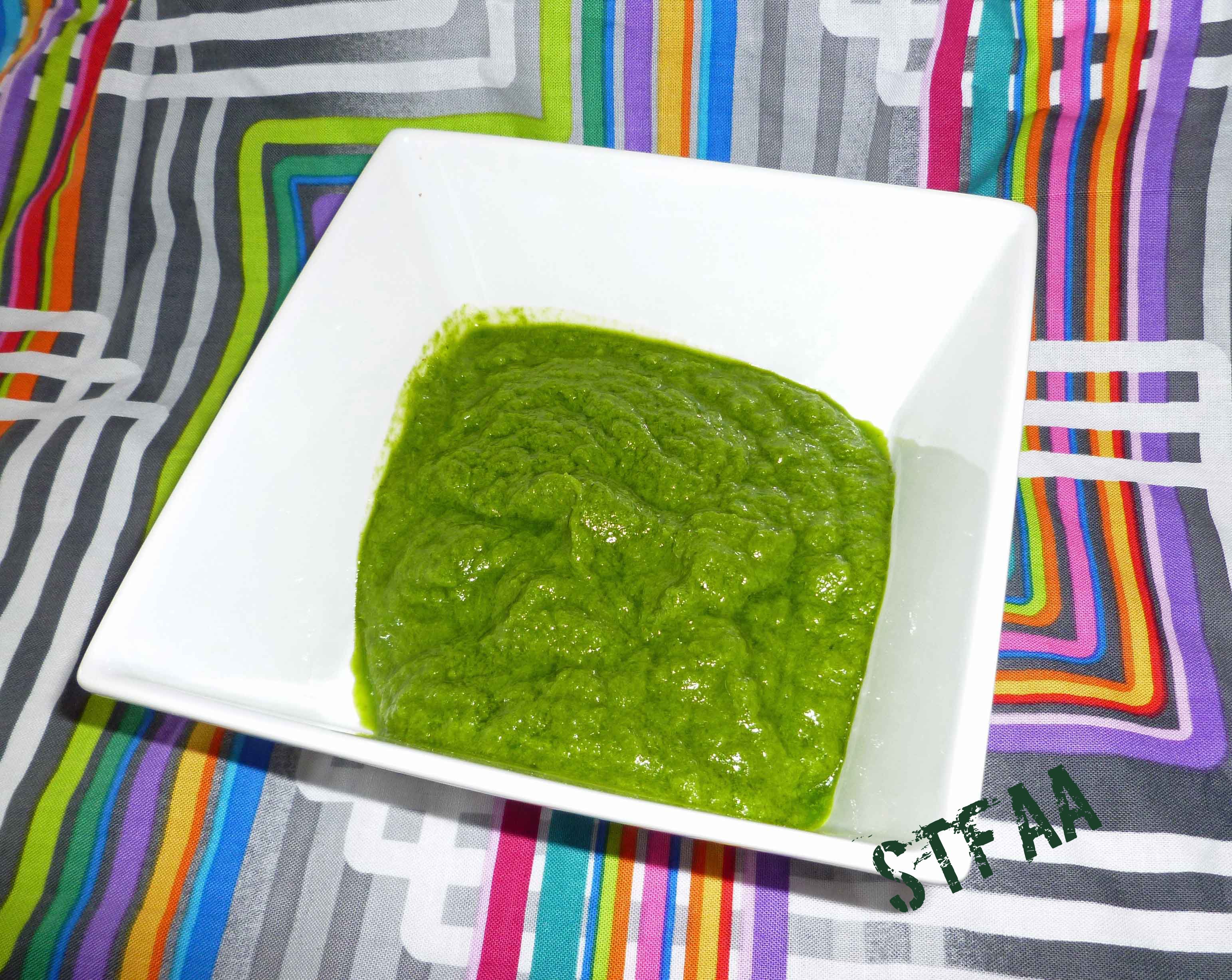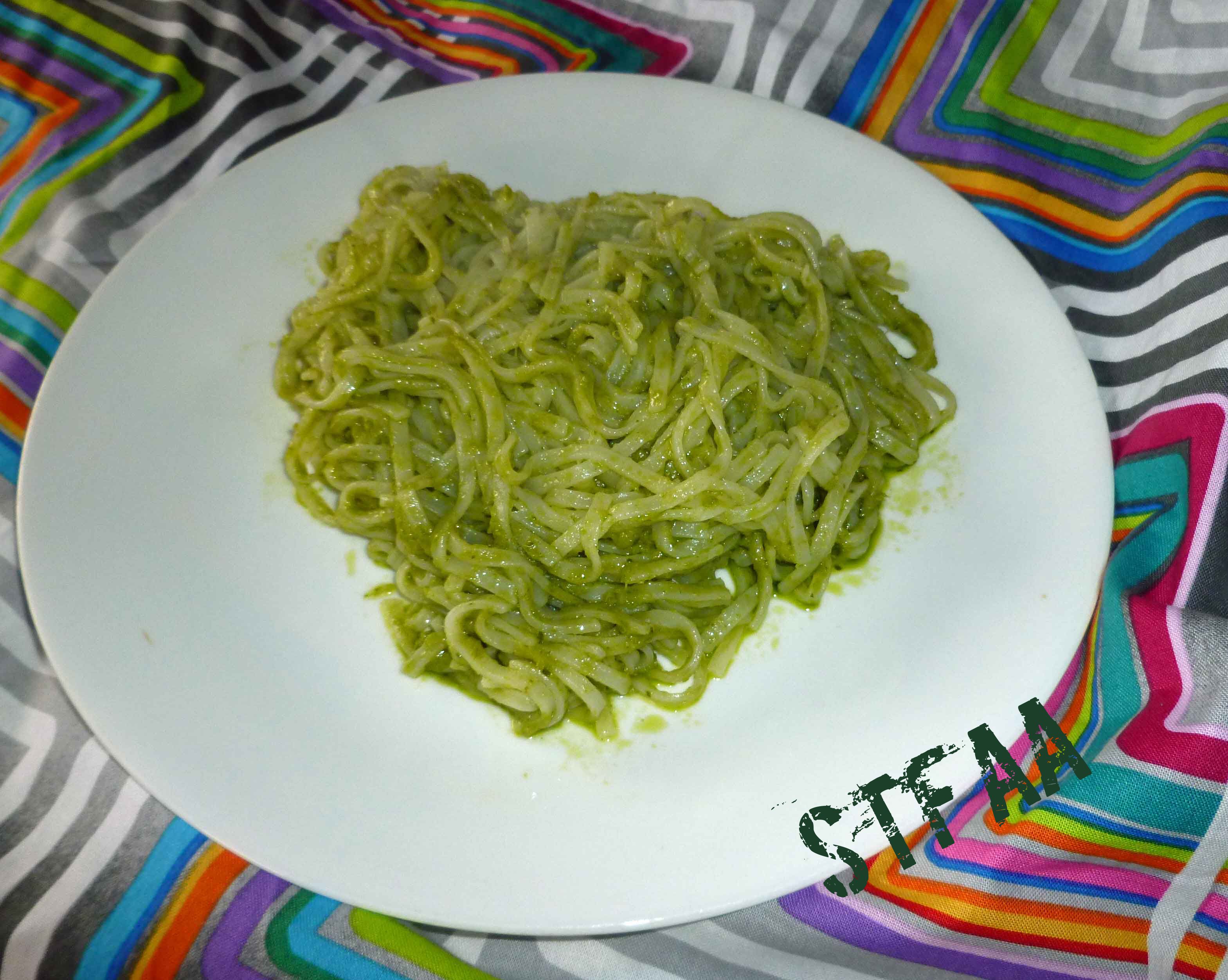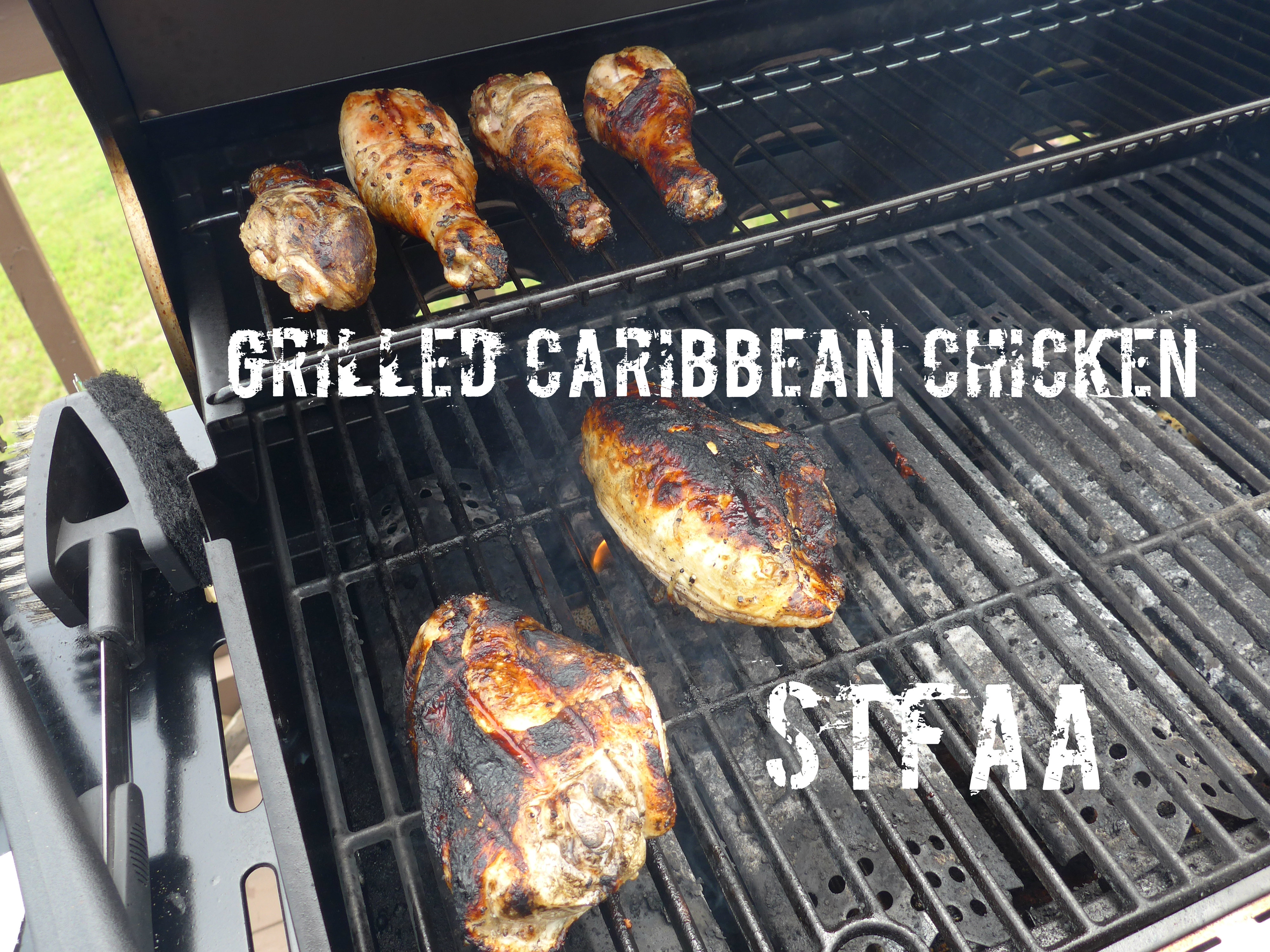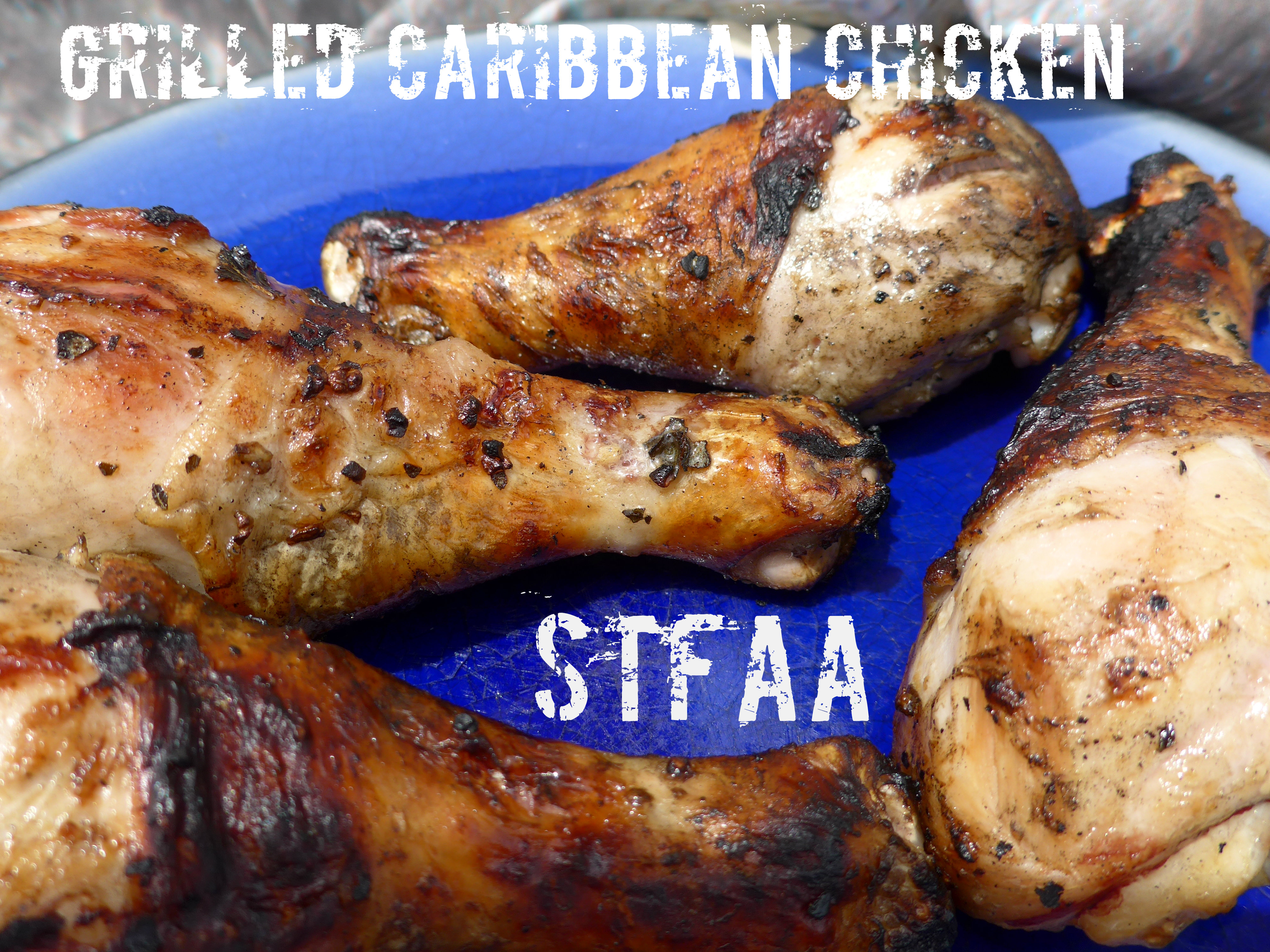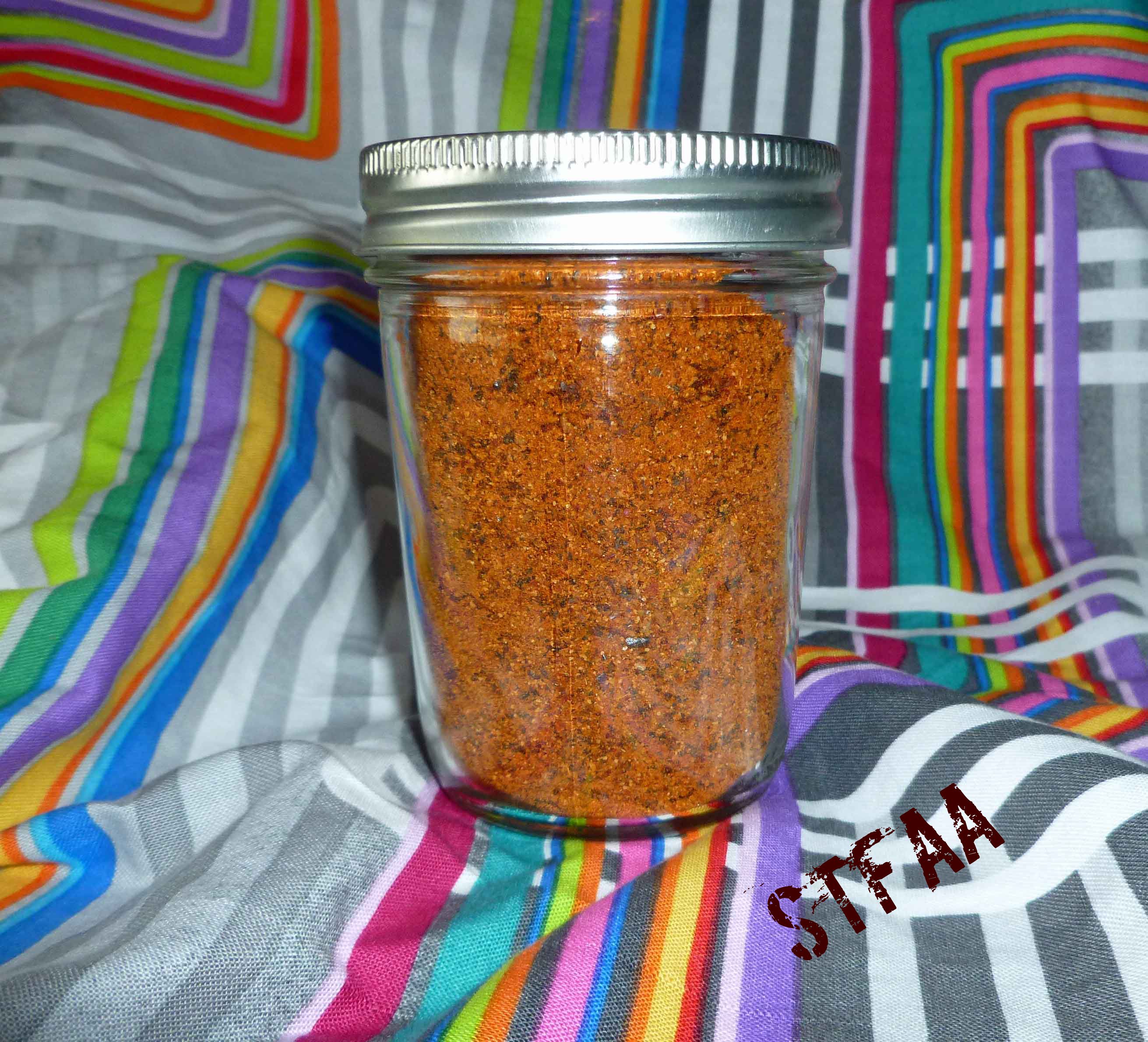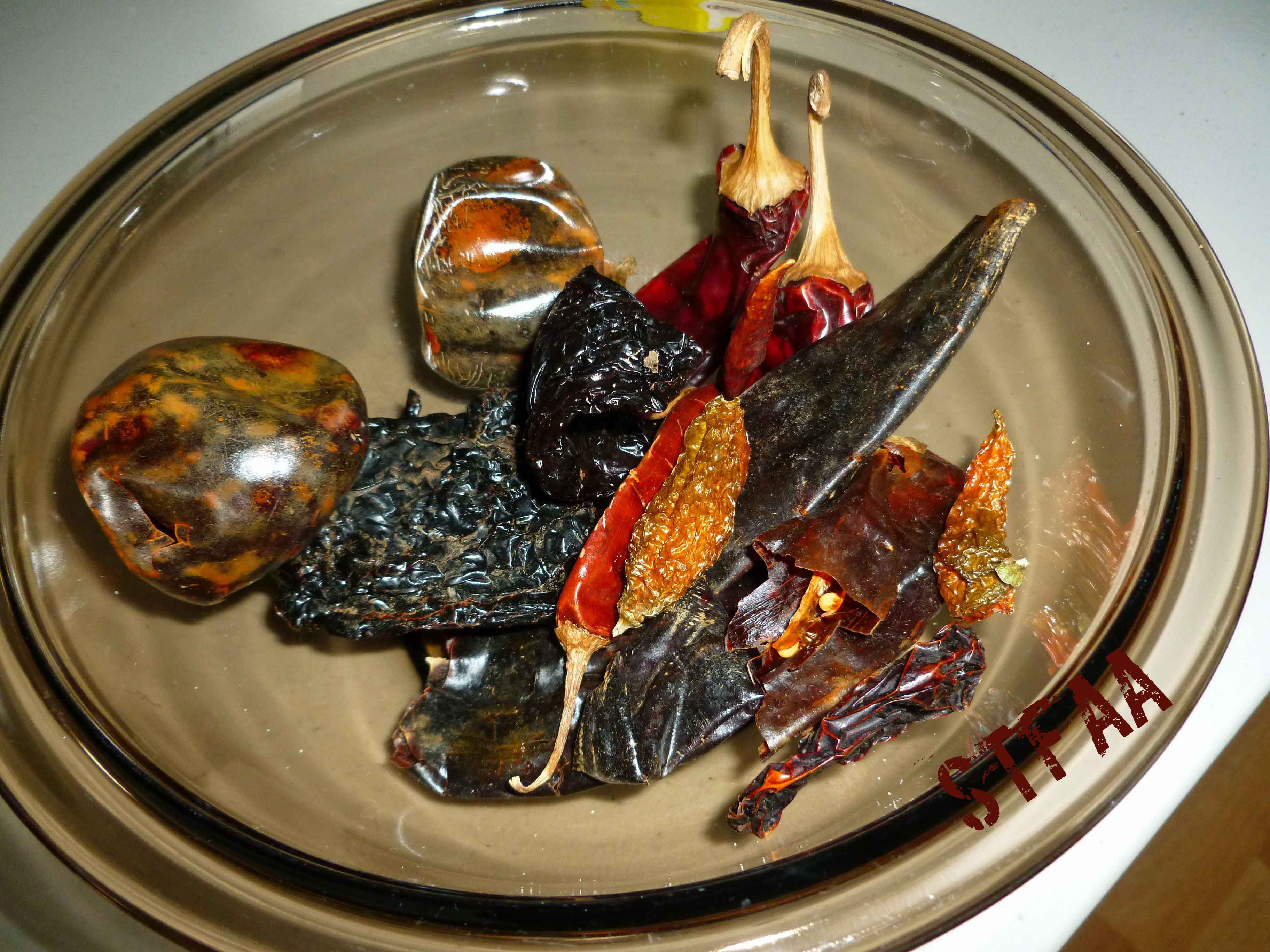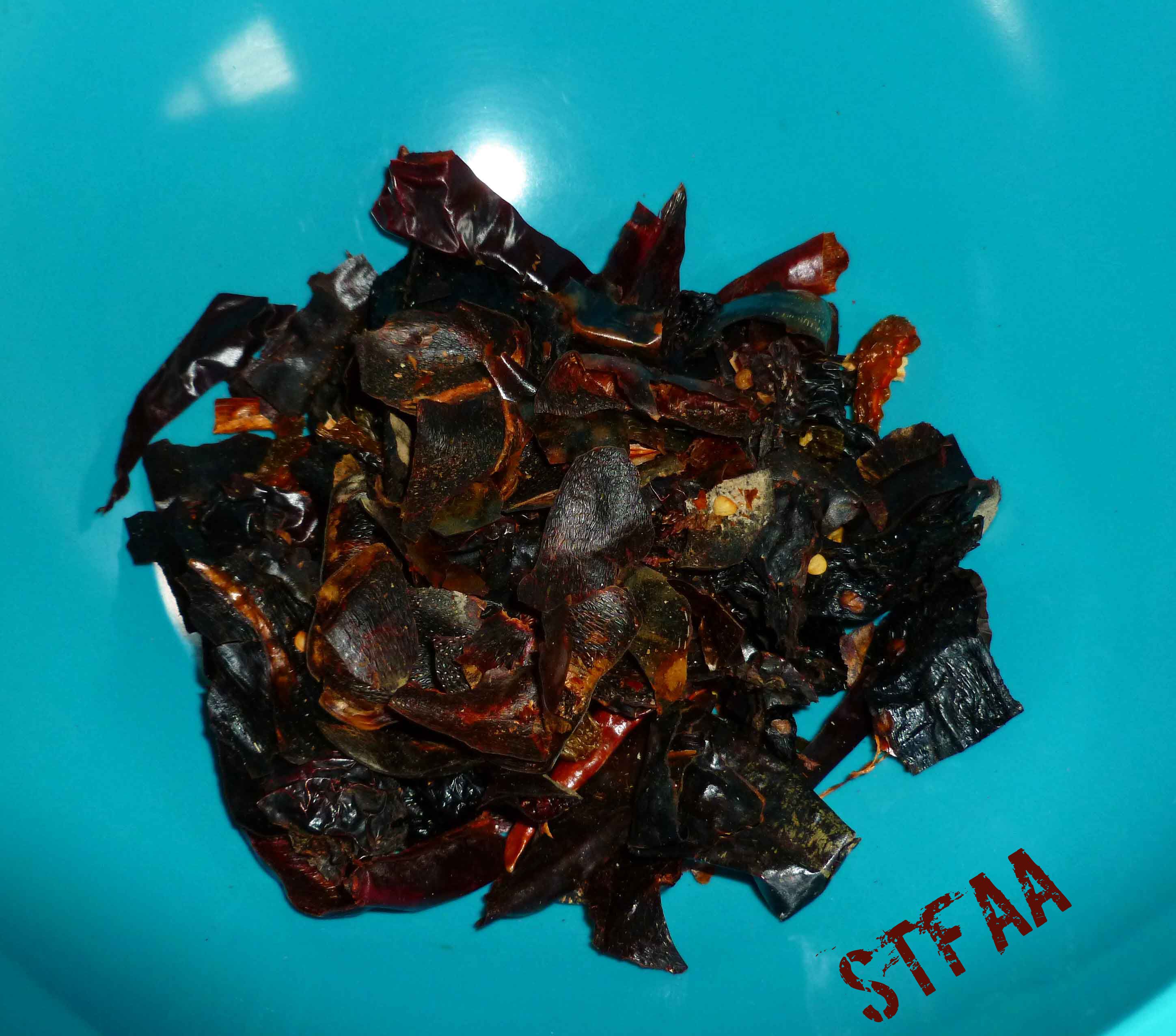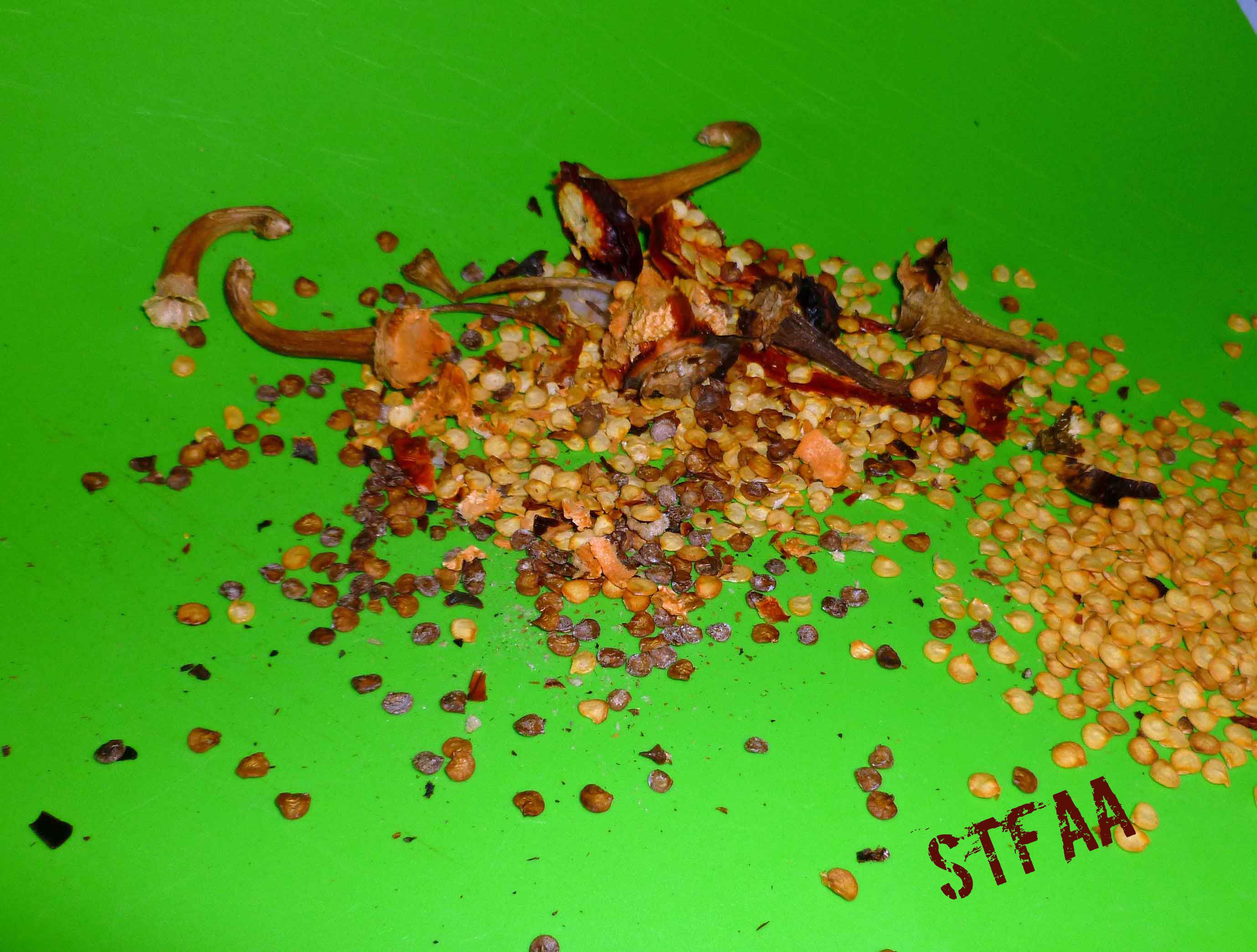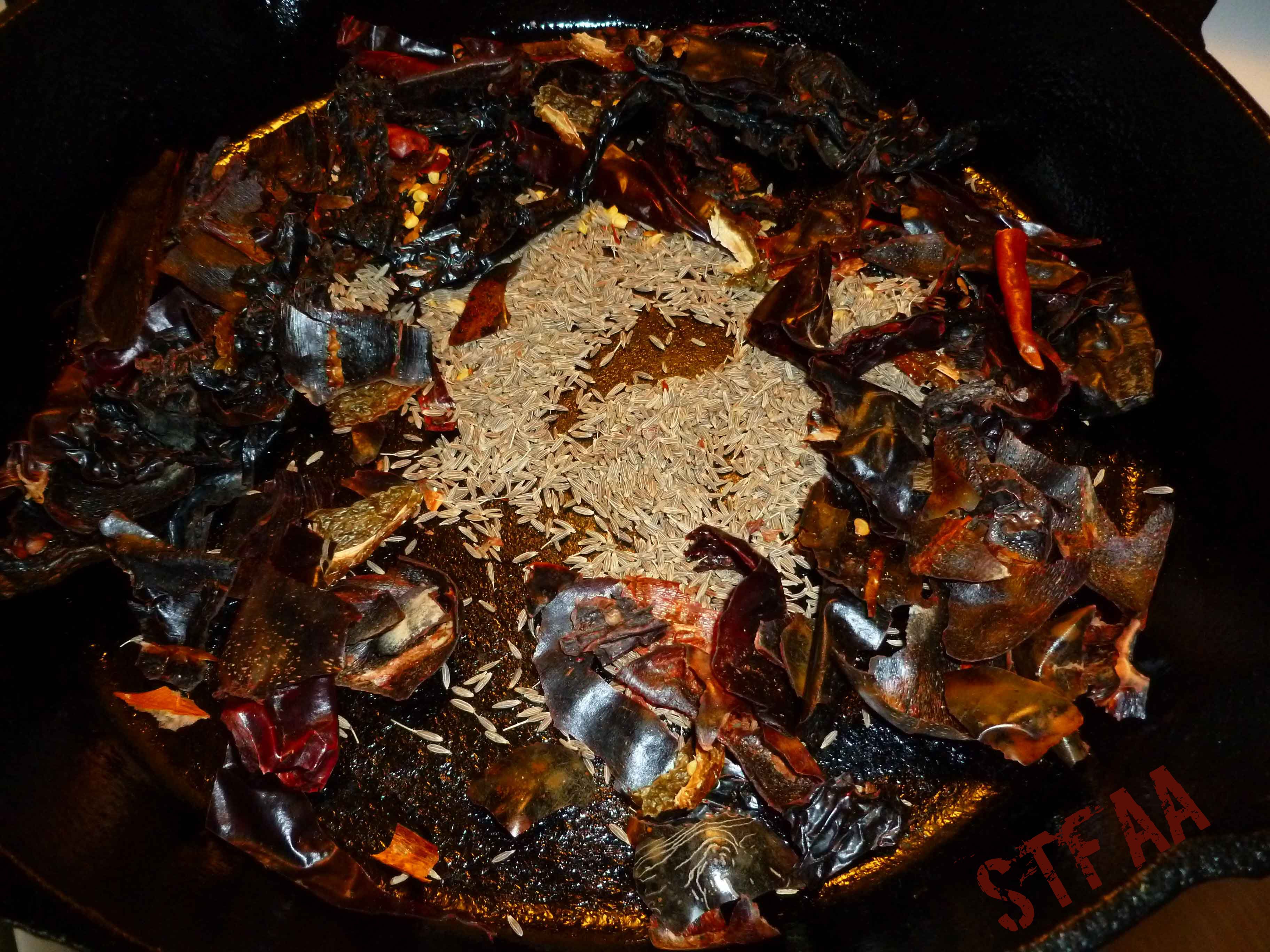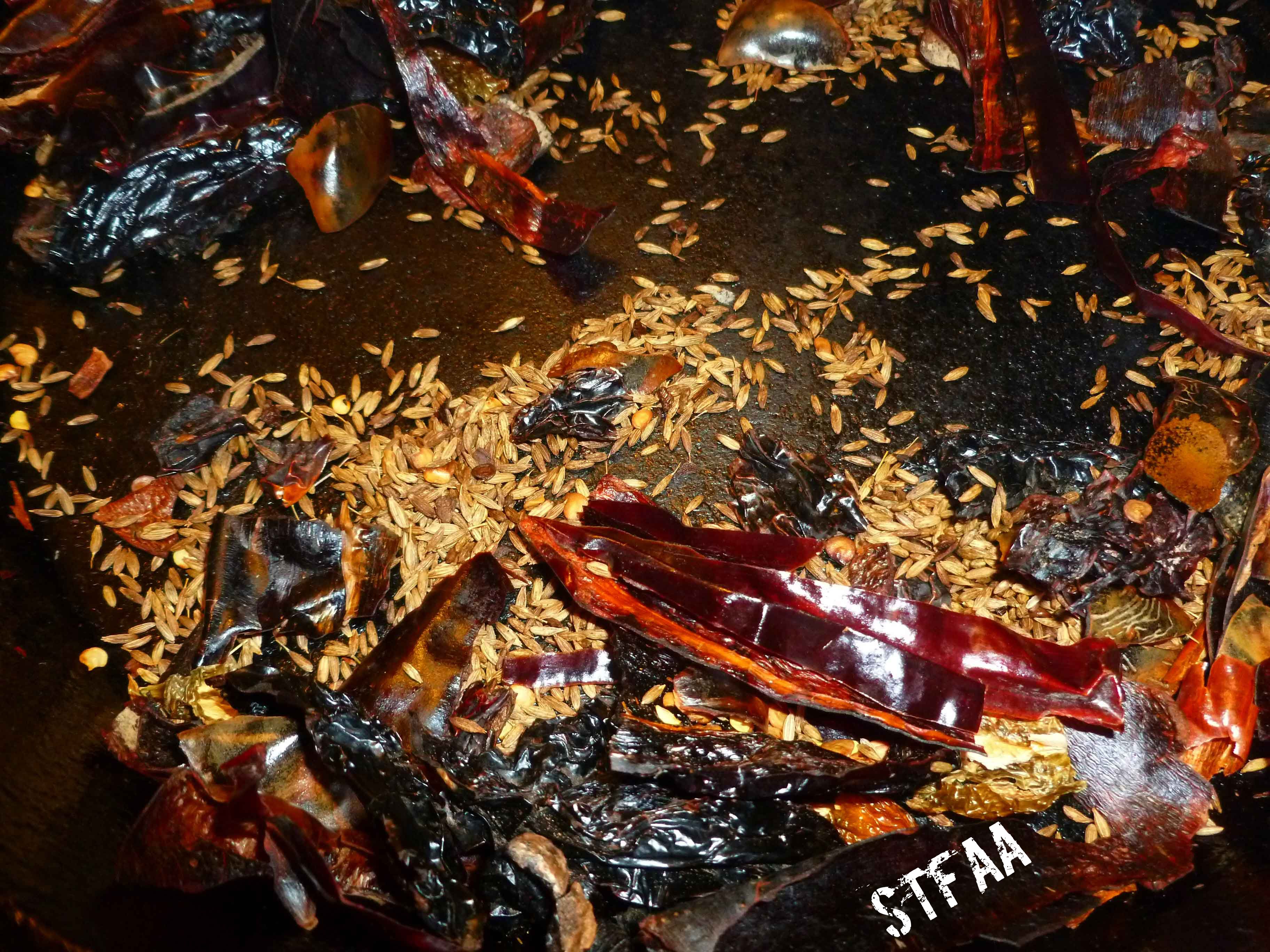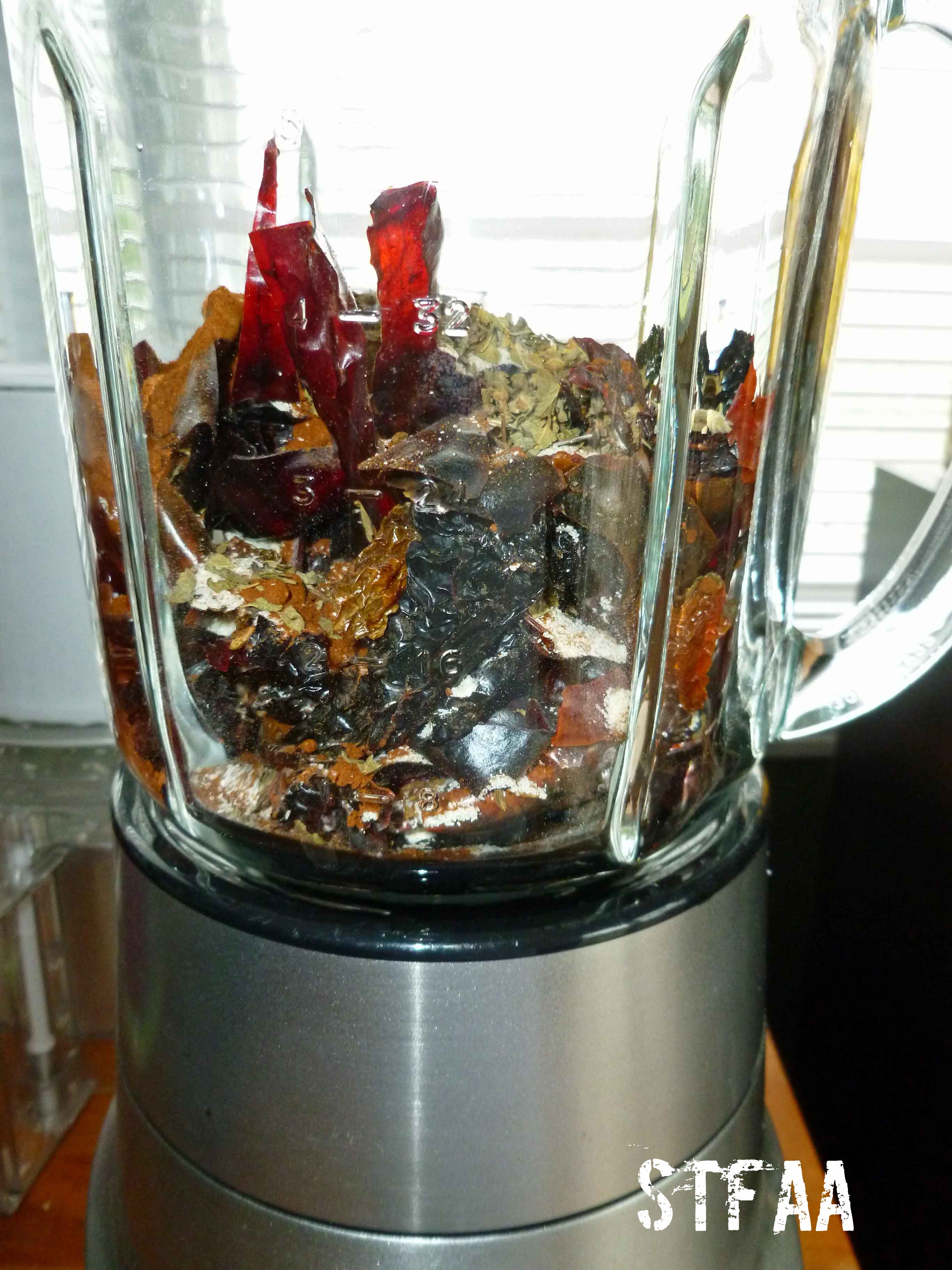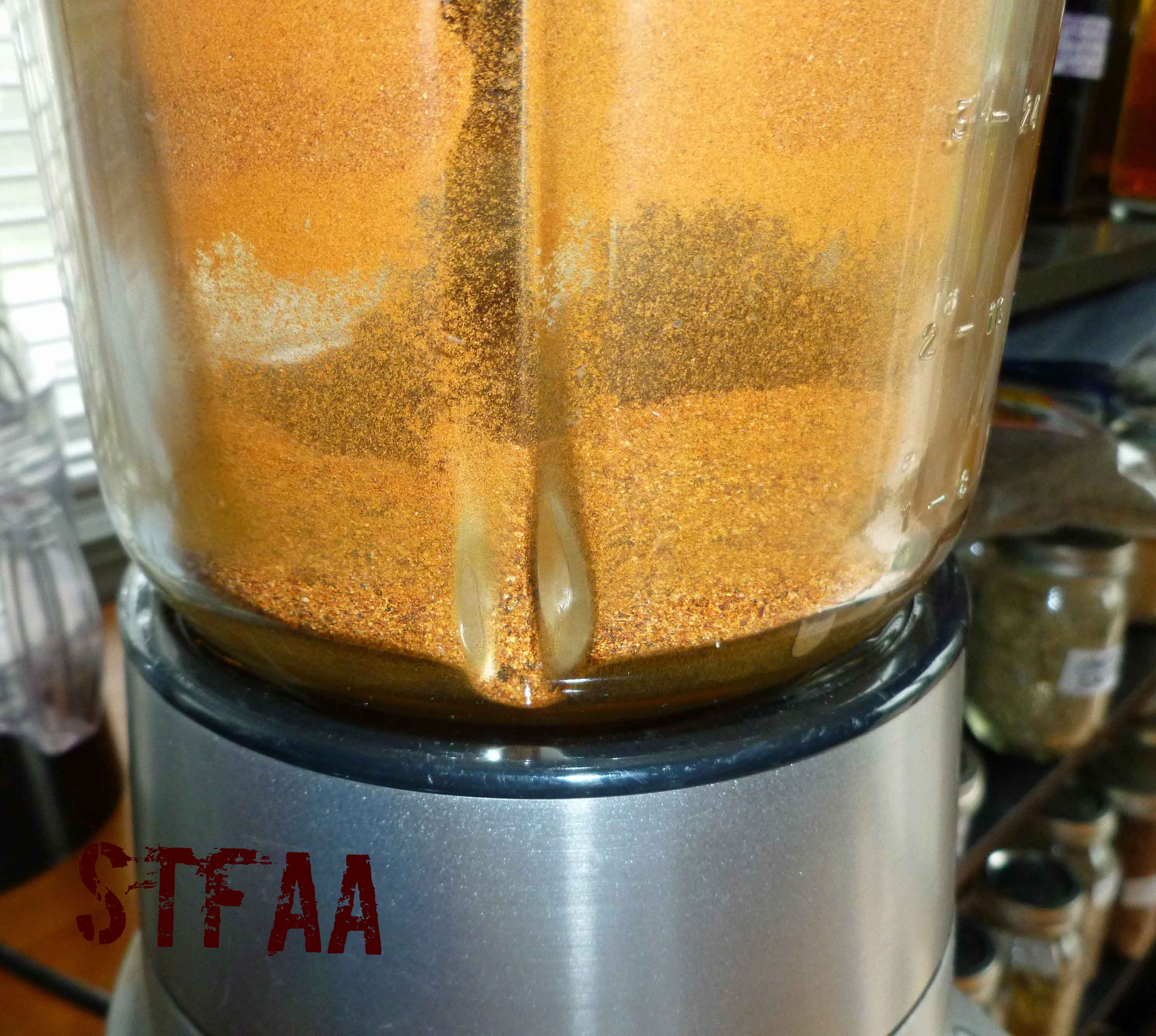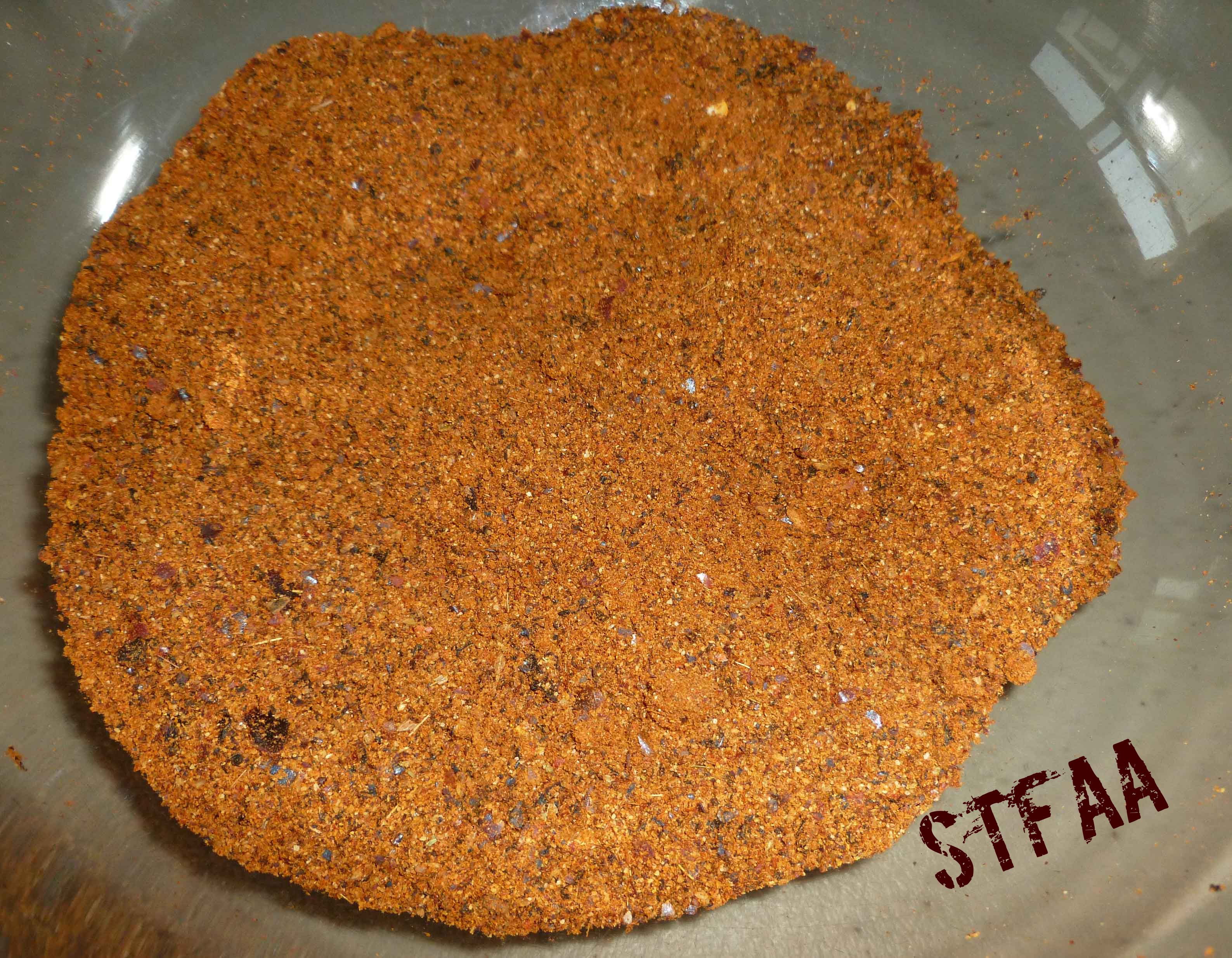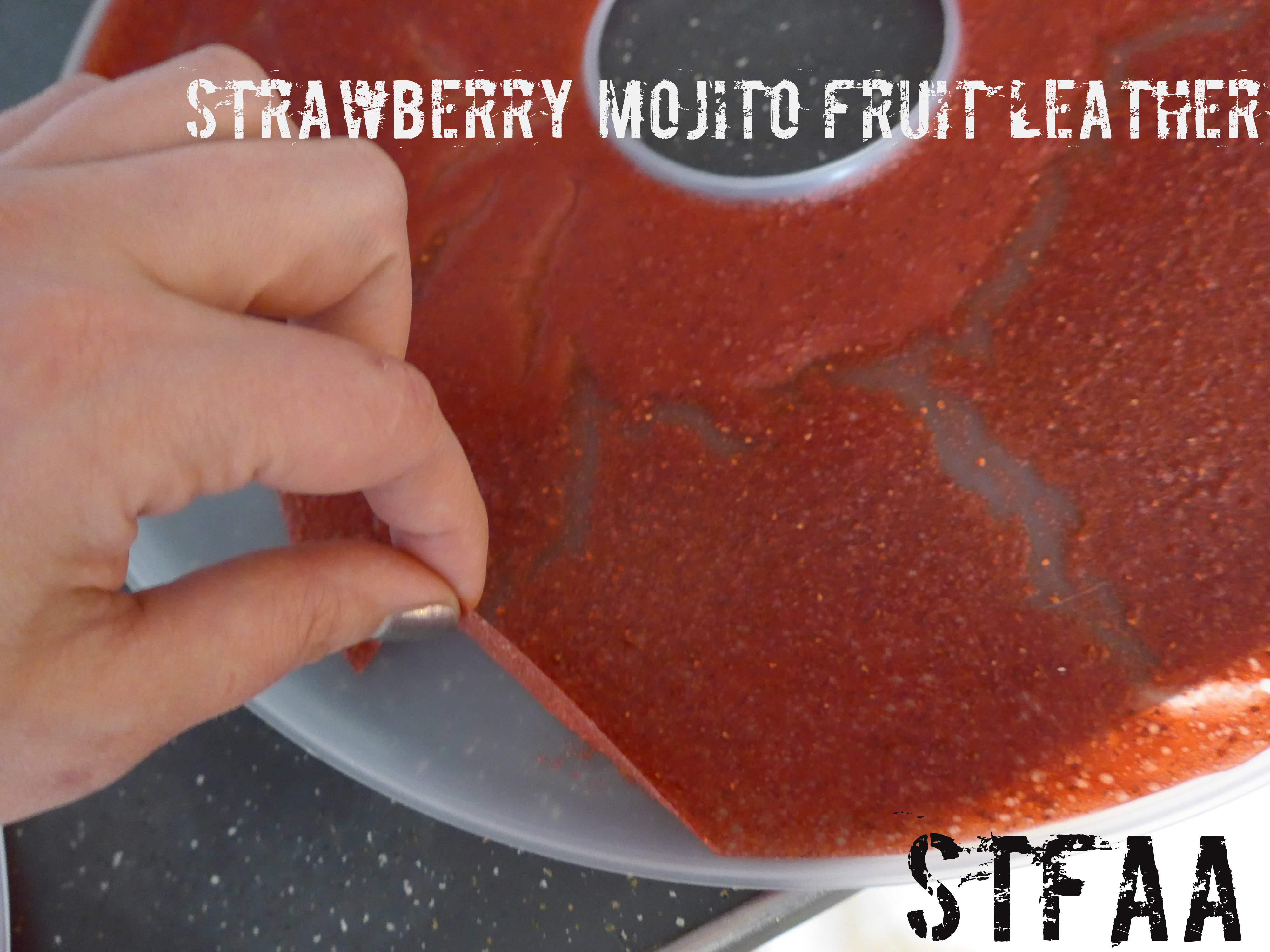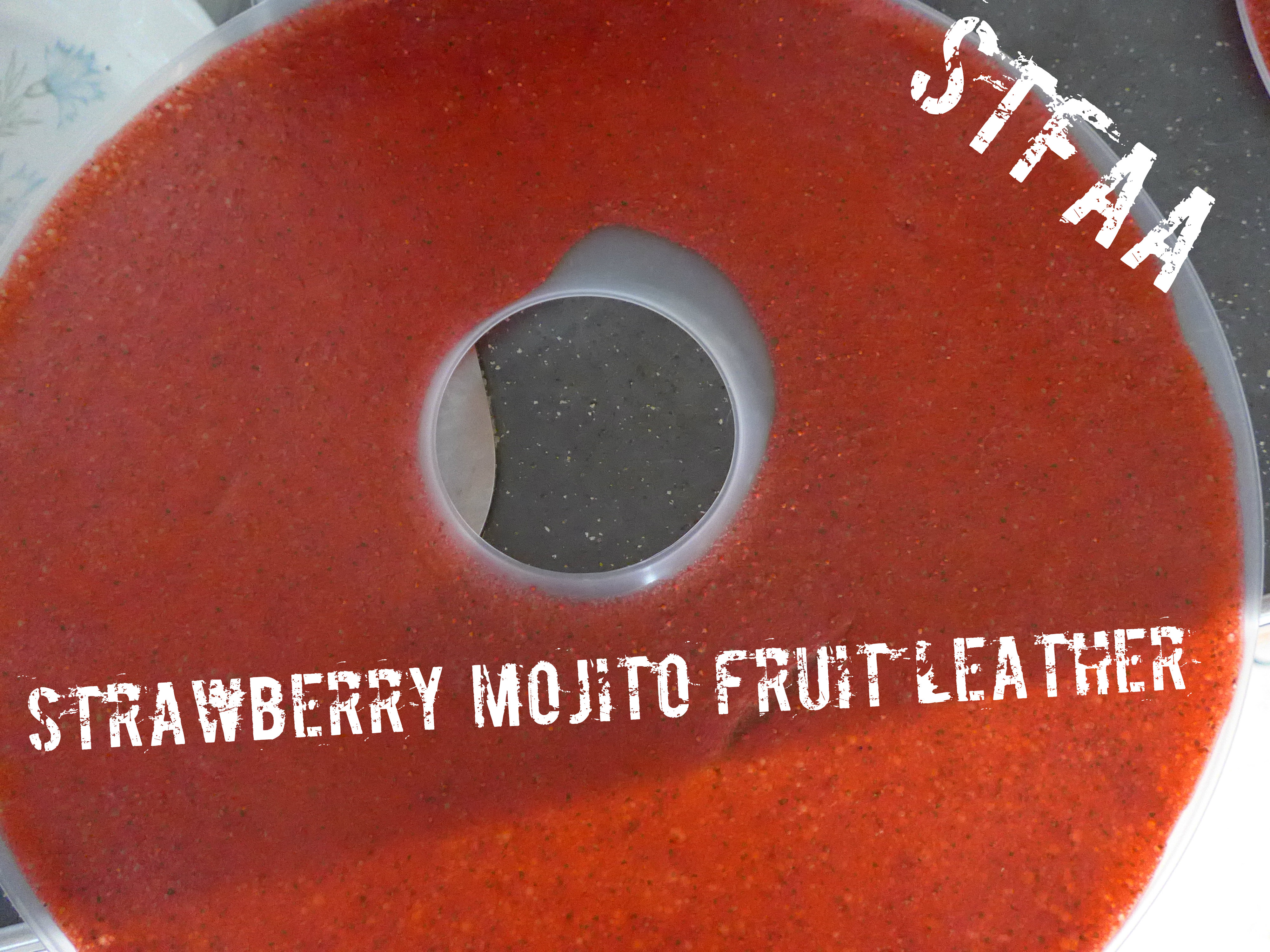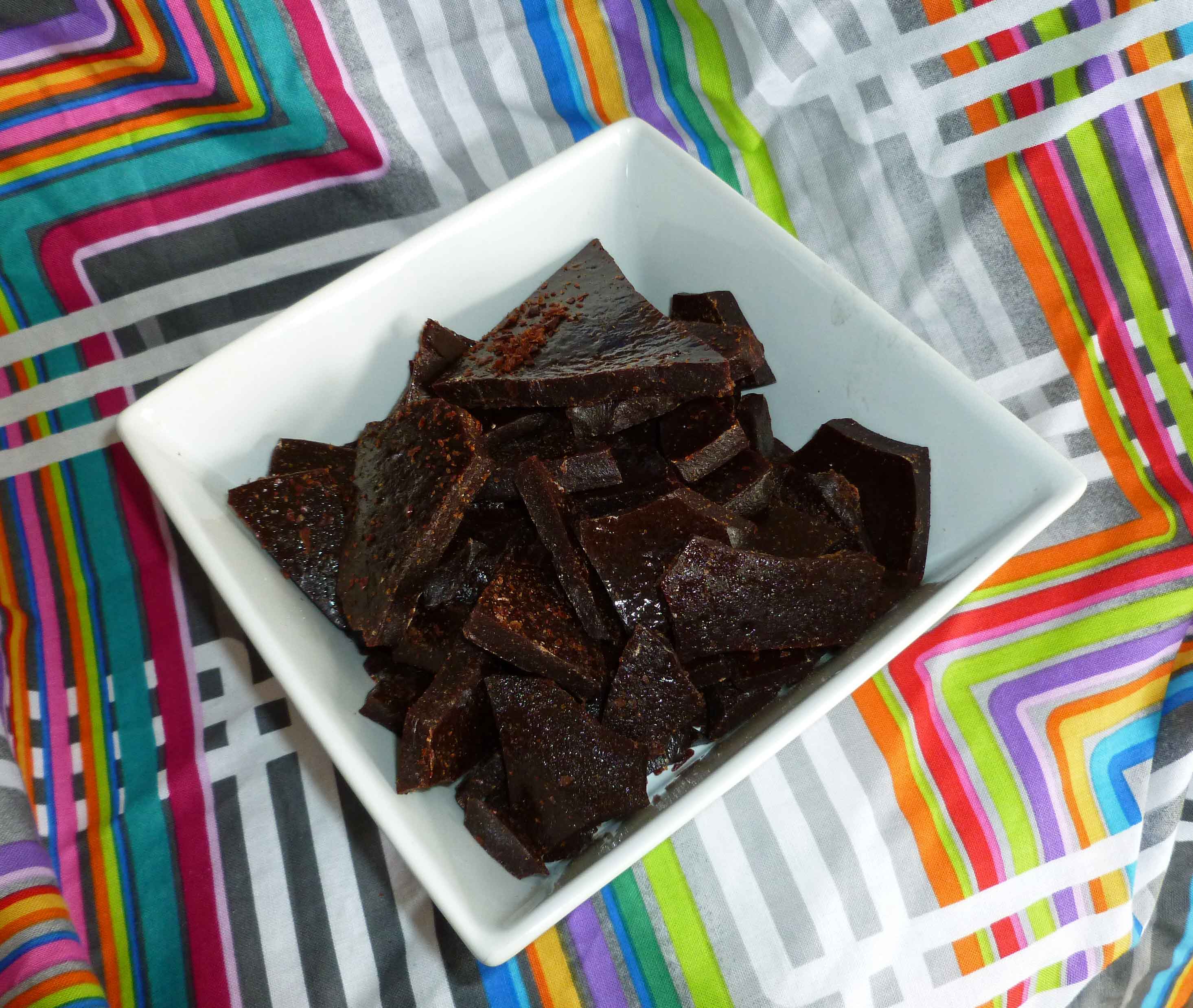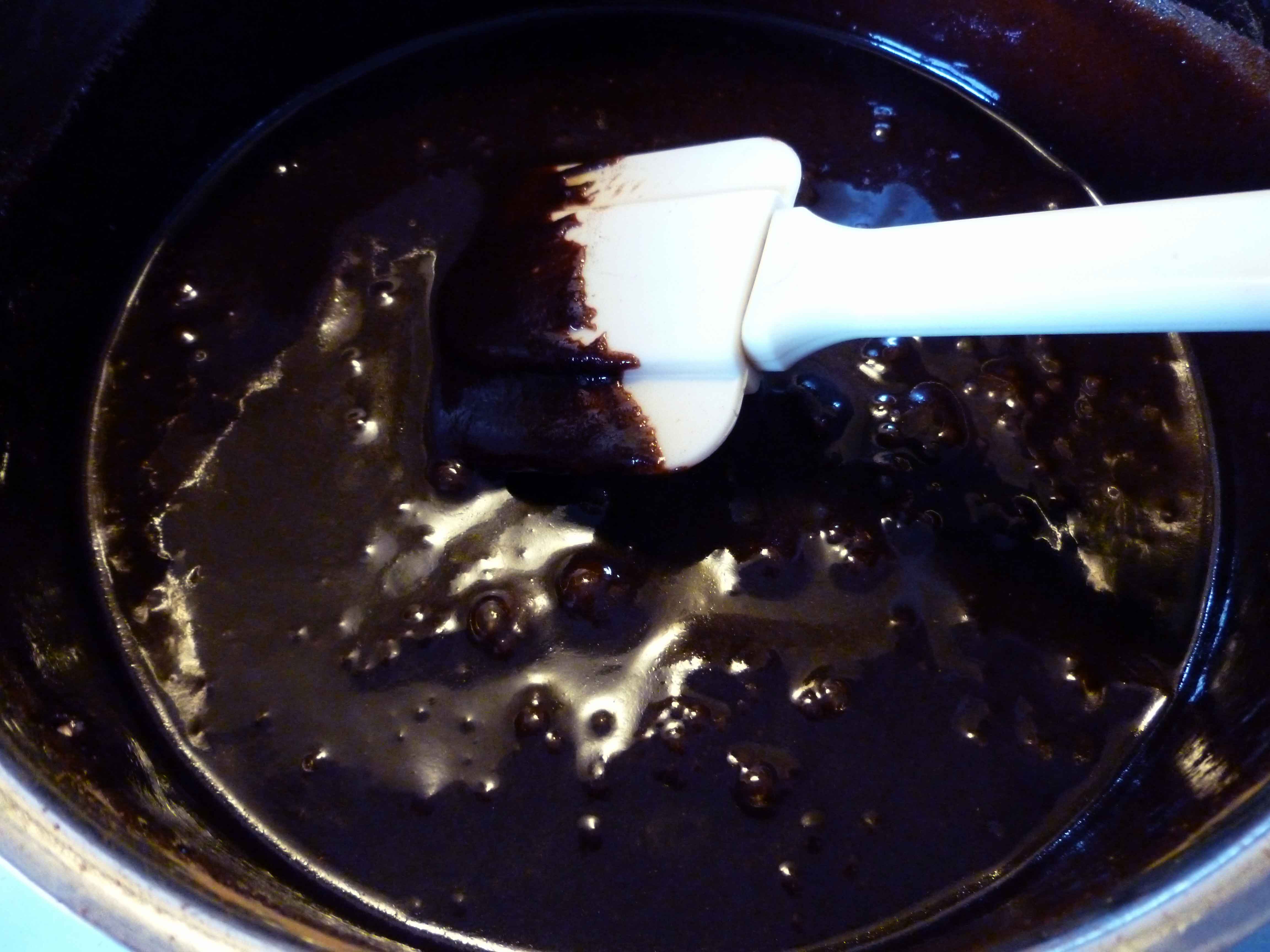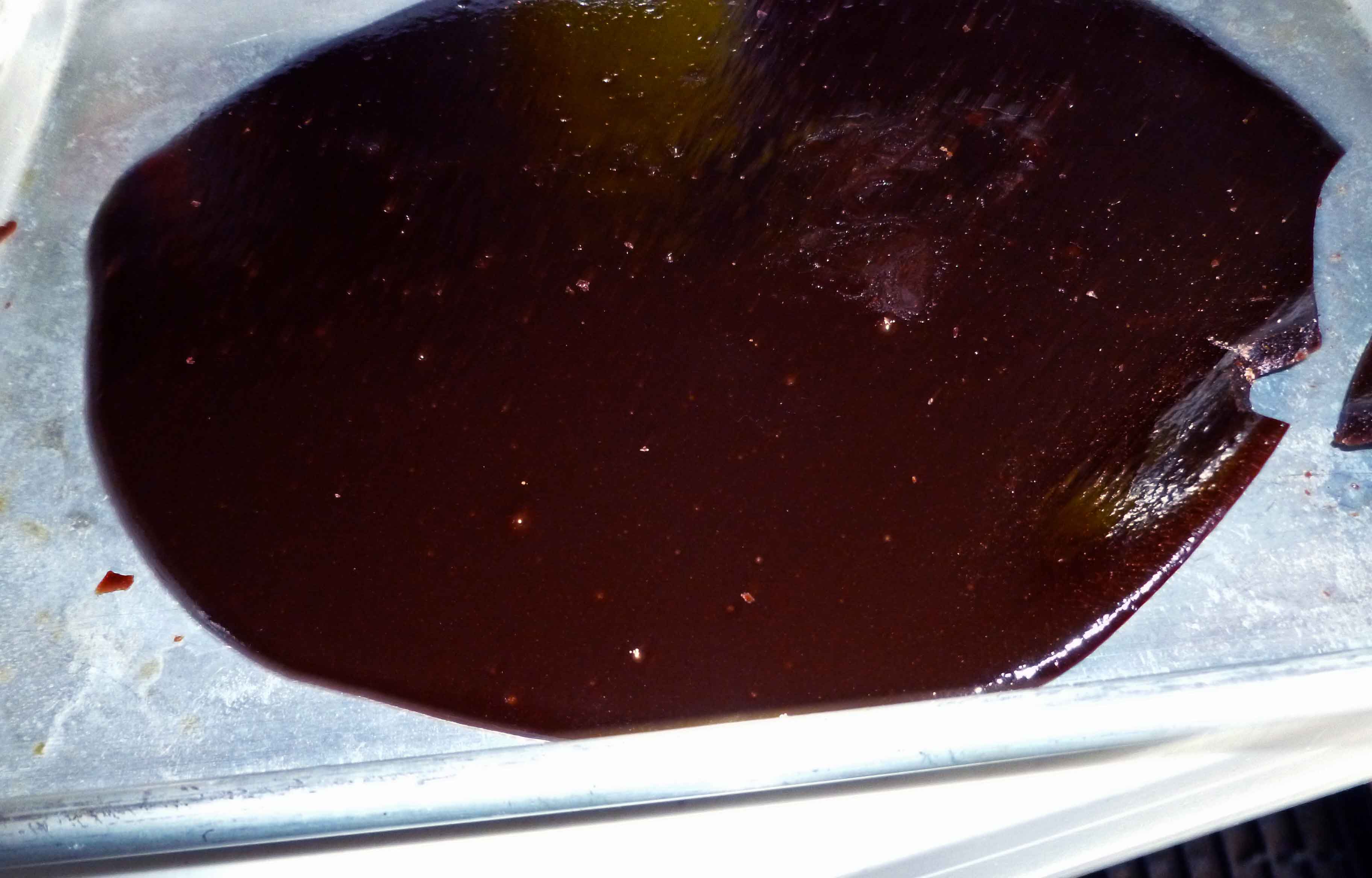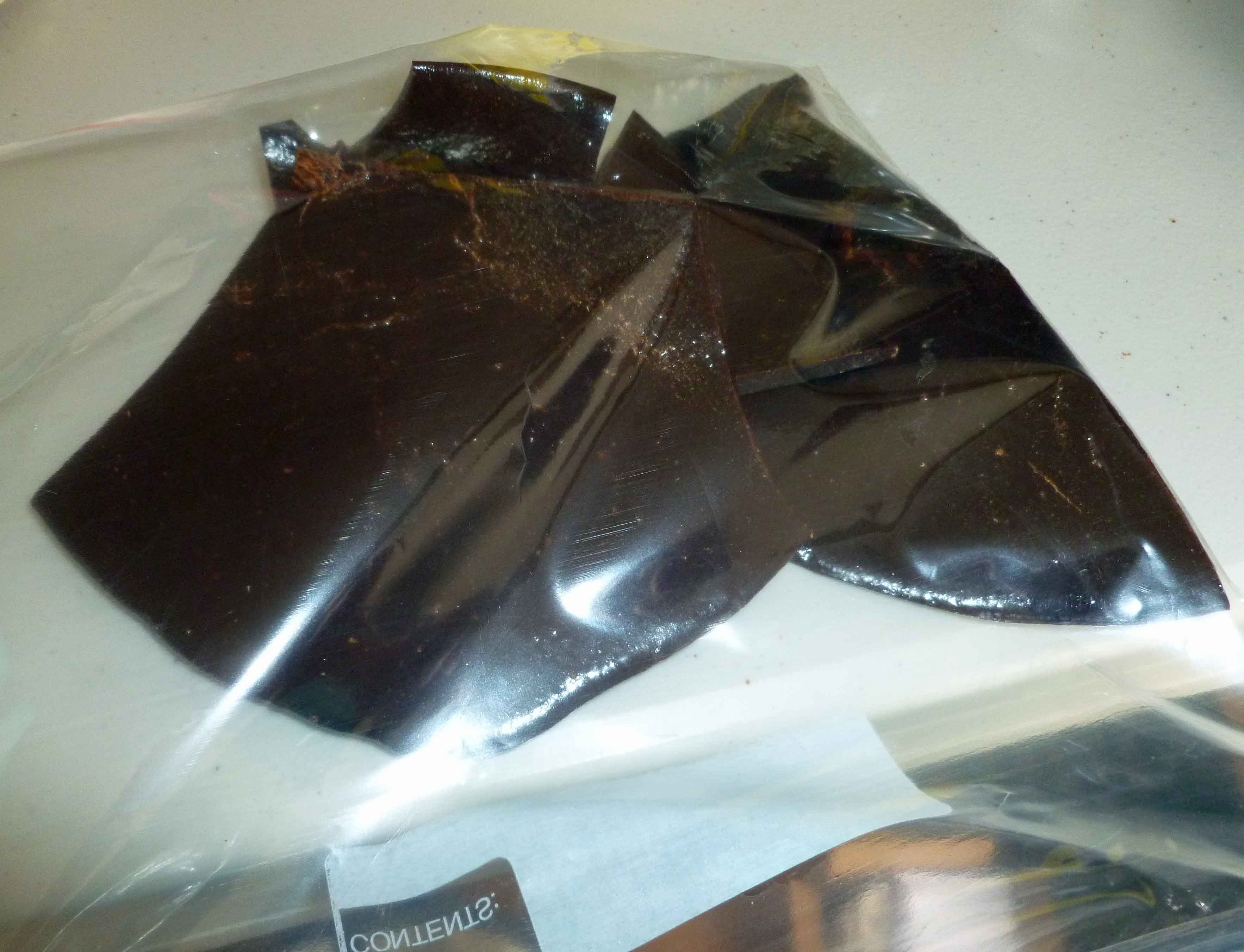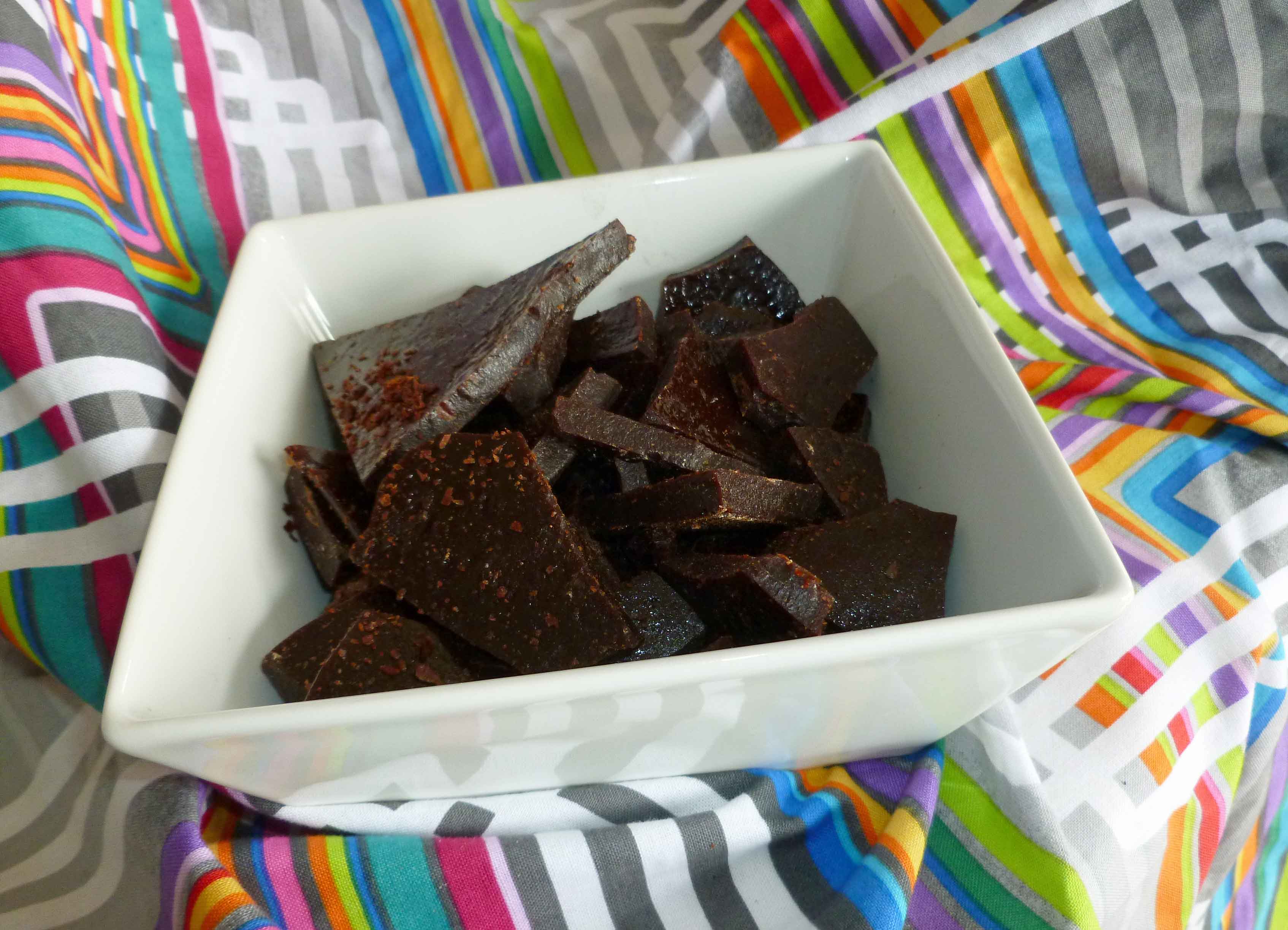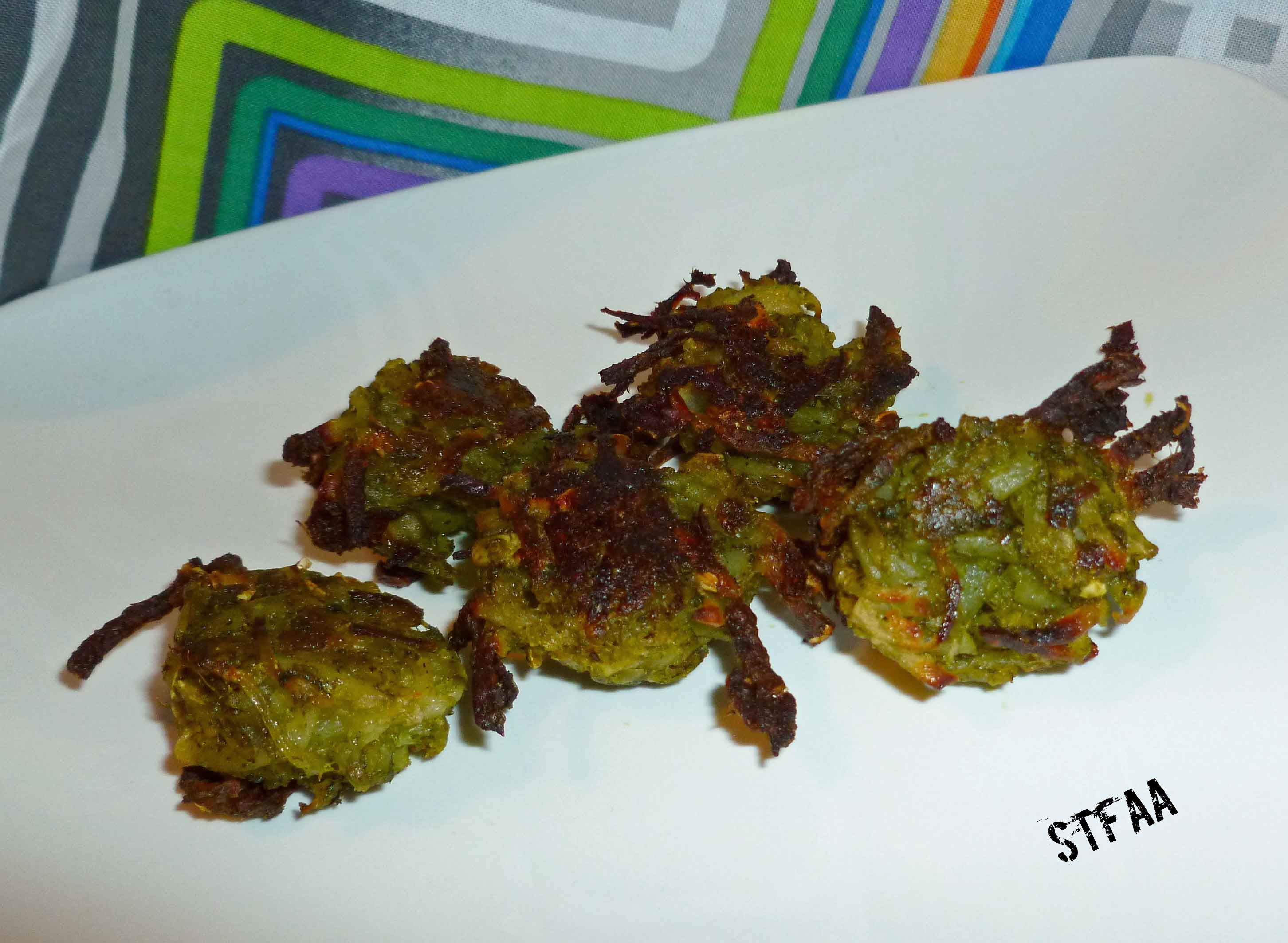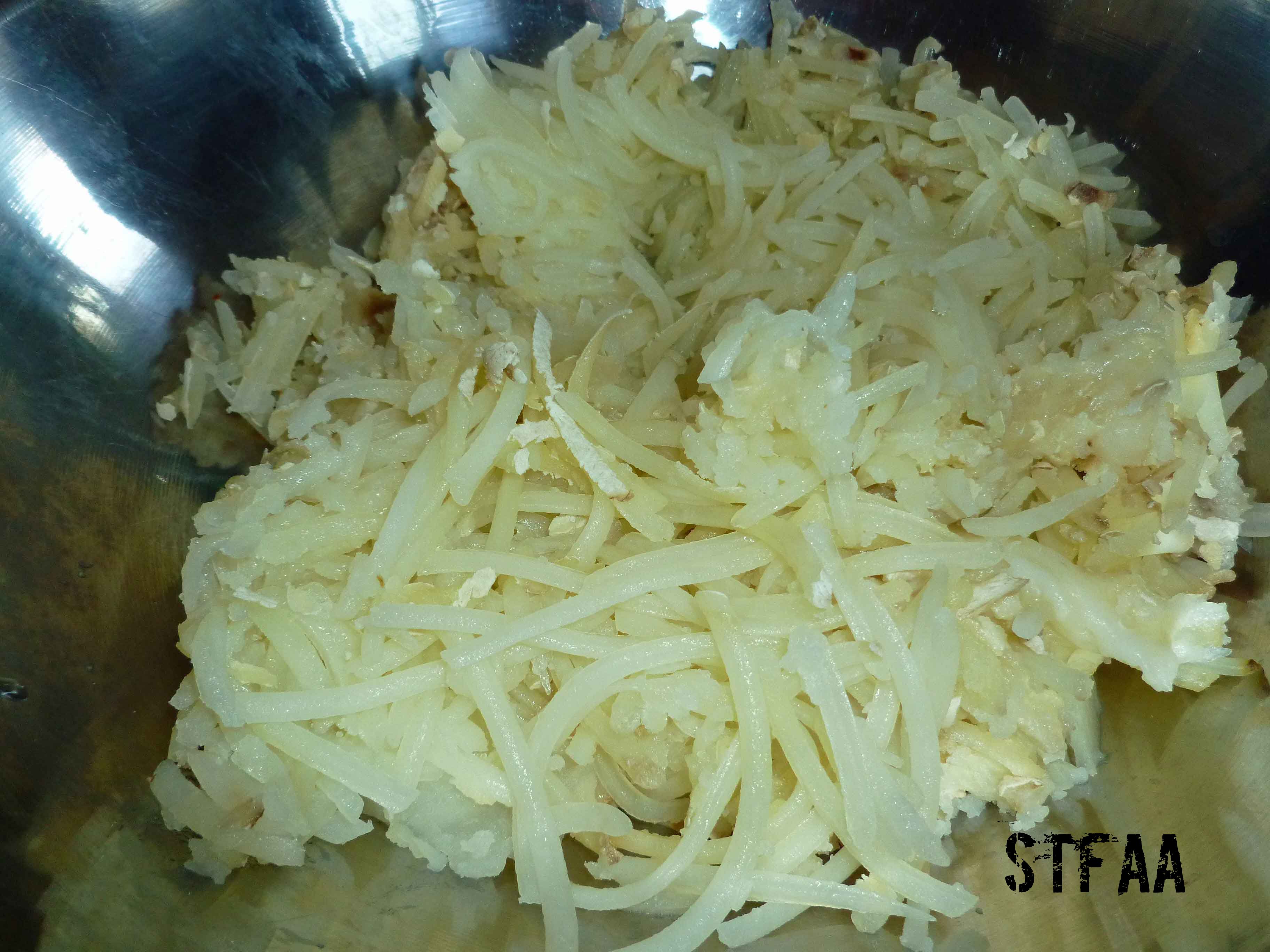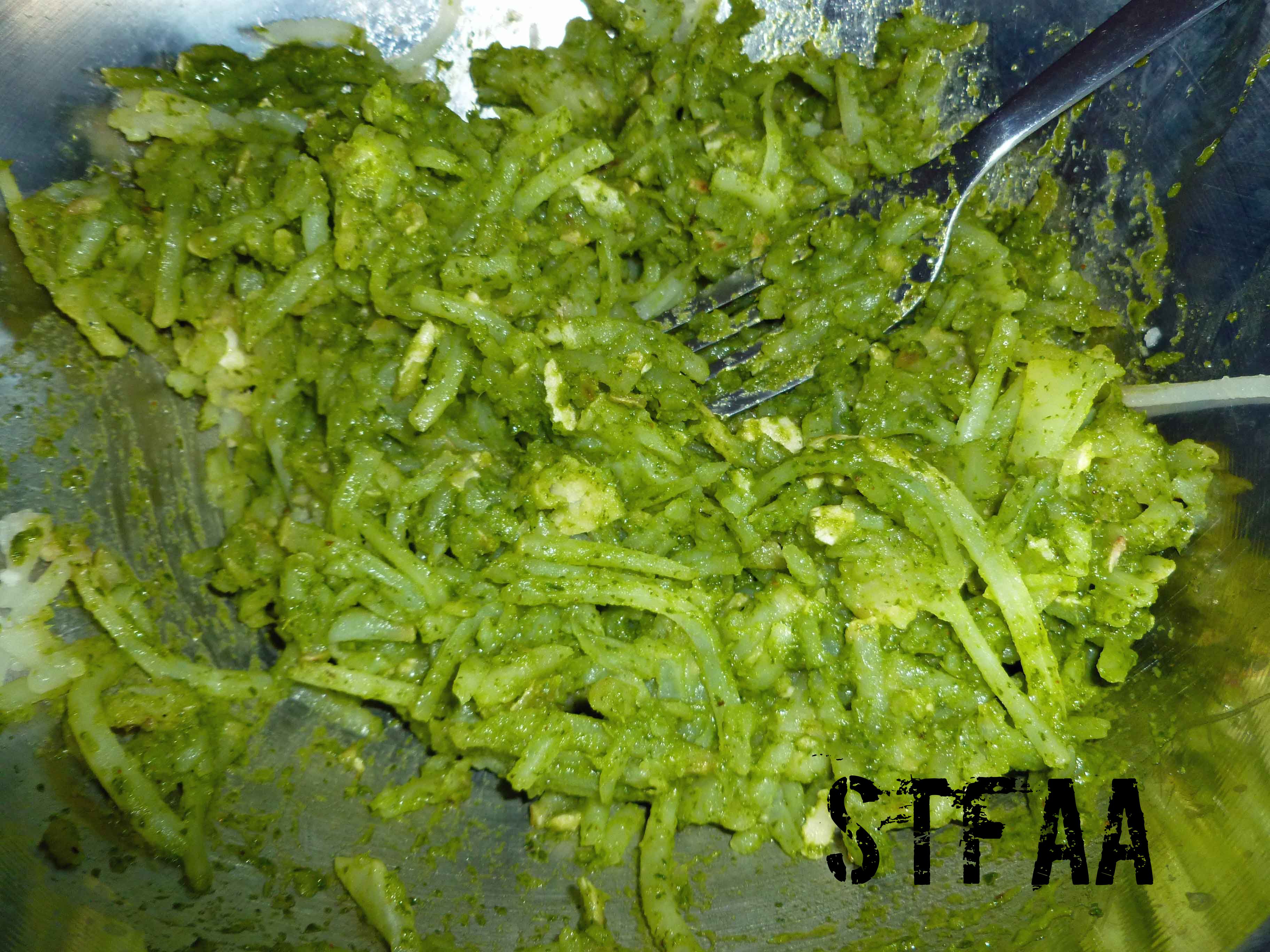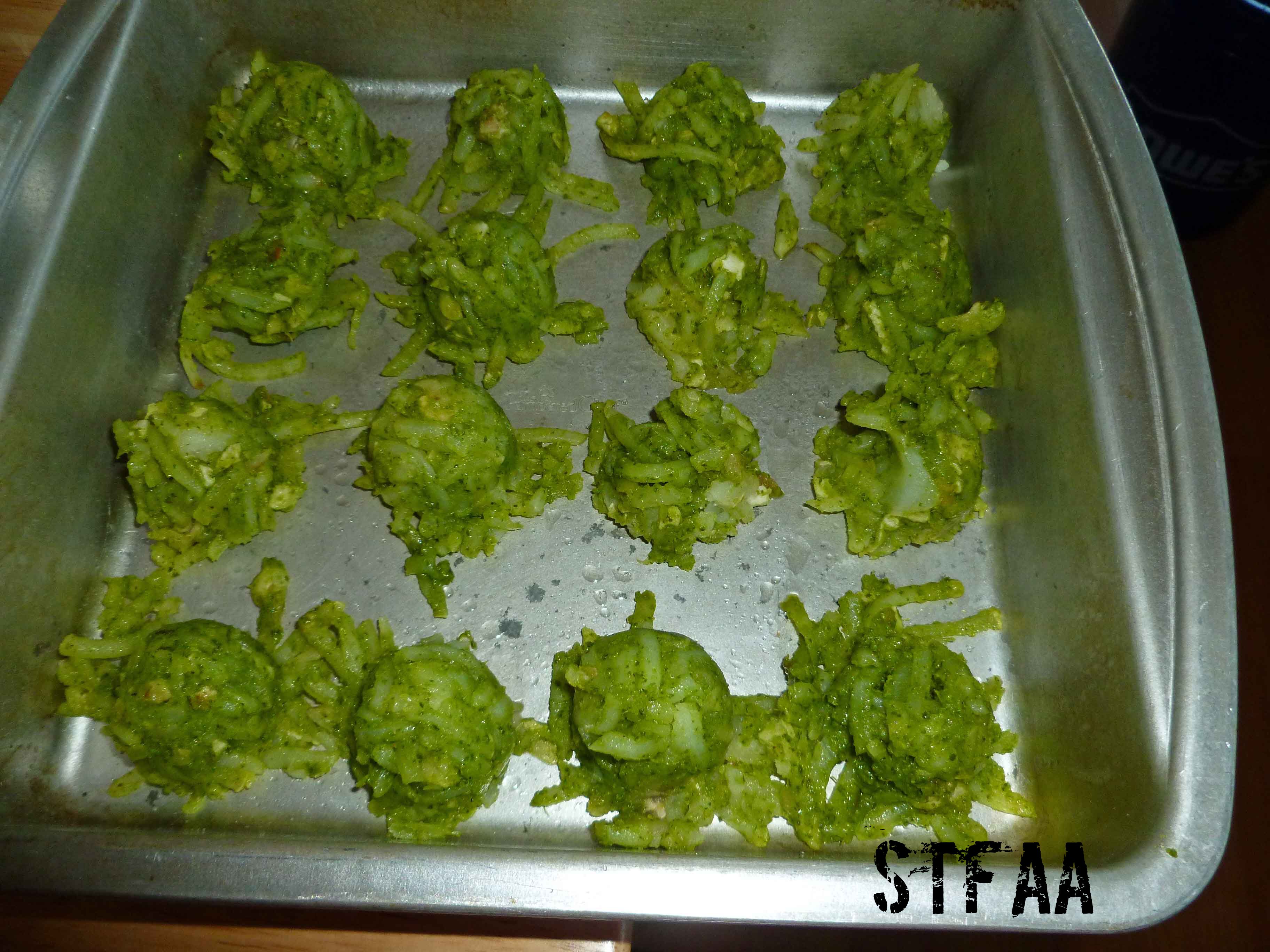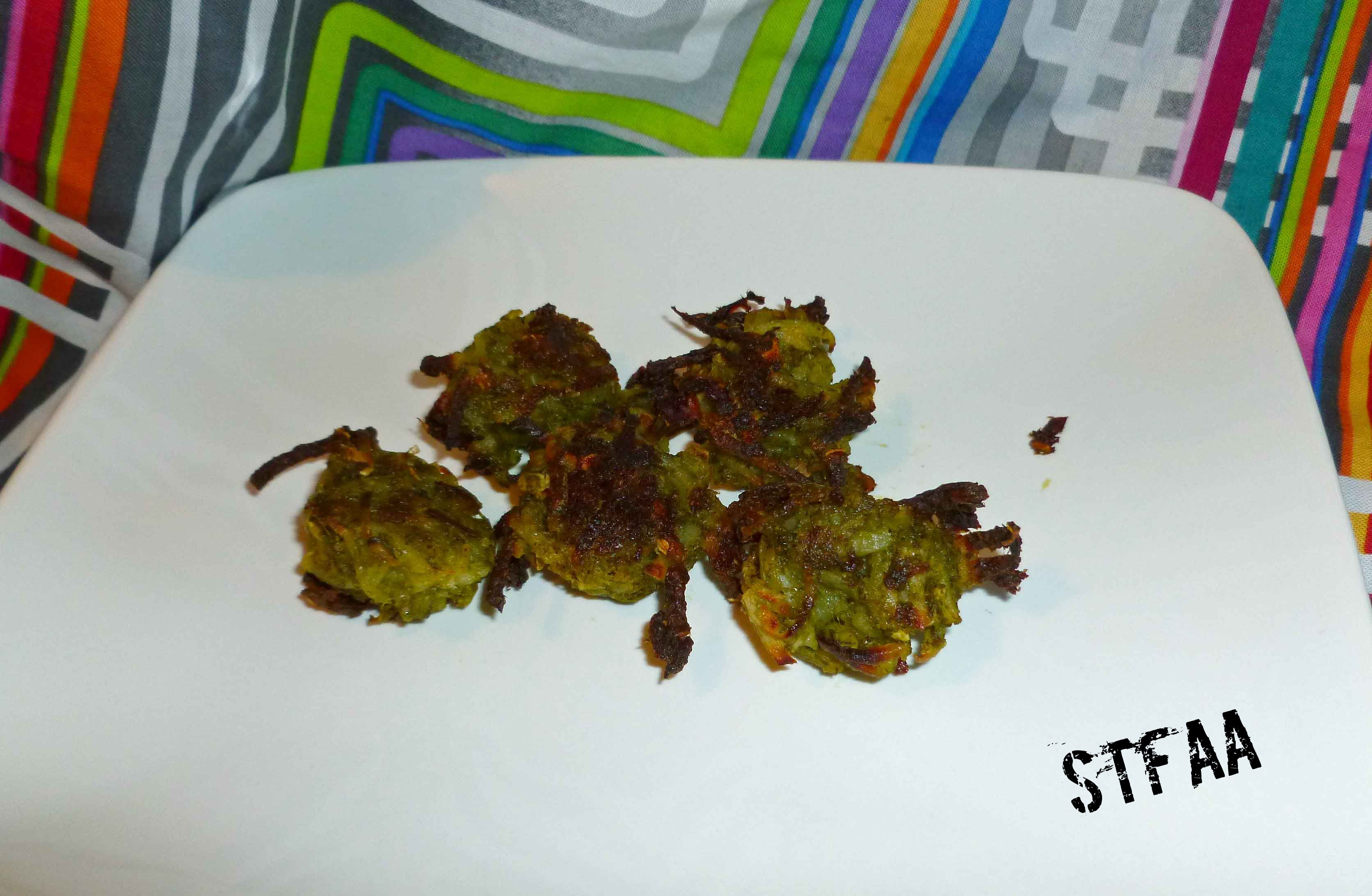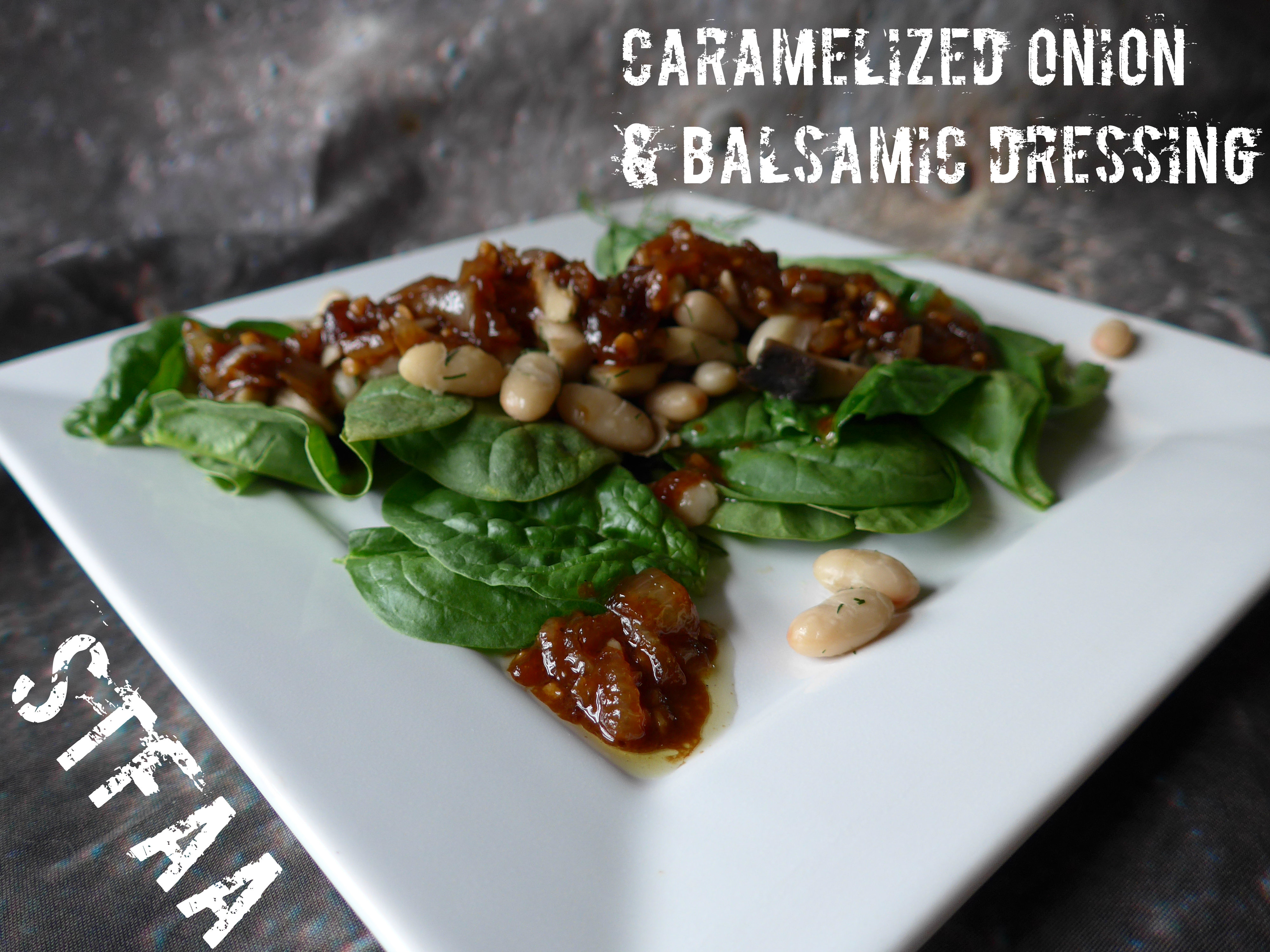
I am not a big eater of salads. Mostly, that’s because “salad” to me equals lettuce, and I don’t eat lettuce. I don’t like it that much and my body hates digesting it. But the thing is, salad doesn’t need to be lettuce at all. I love chopped salads, and I’ve been experimenting lately with meal salads that are spinach (which I do like) with something warm and cooked over top. Putting something hot on spinach slightly wilts the spinach, which I love, and somehow makes the salad seem more like a hearty meal. This salad is one of those.
Actually, this salad is several of those. The point of this salad is the dressing, which I originally whipped up to go over a grilled steak salad. But as I was getting ready to make it again for better photos, I really didn’t feel like steak. So I made a white bean, dill, and mushroom saute, instead, and it was really good. Again, the point is the dressing. Make that, and then put it over whatever you think will taste good with caramelized onions on it (so, basically, anything up to dessert). The salad is the vehicle for the dressing. It keeps in the fridge overnight, but I’ve never had it around longer than that.
Overall, this recipe makes 2-4 servings, depending on how hungry you are. It’s about 2 servings for me.
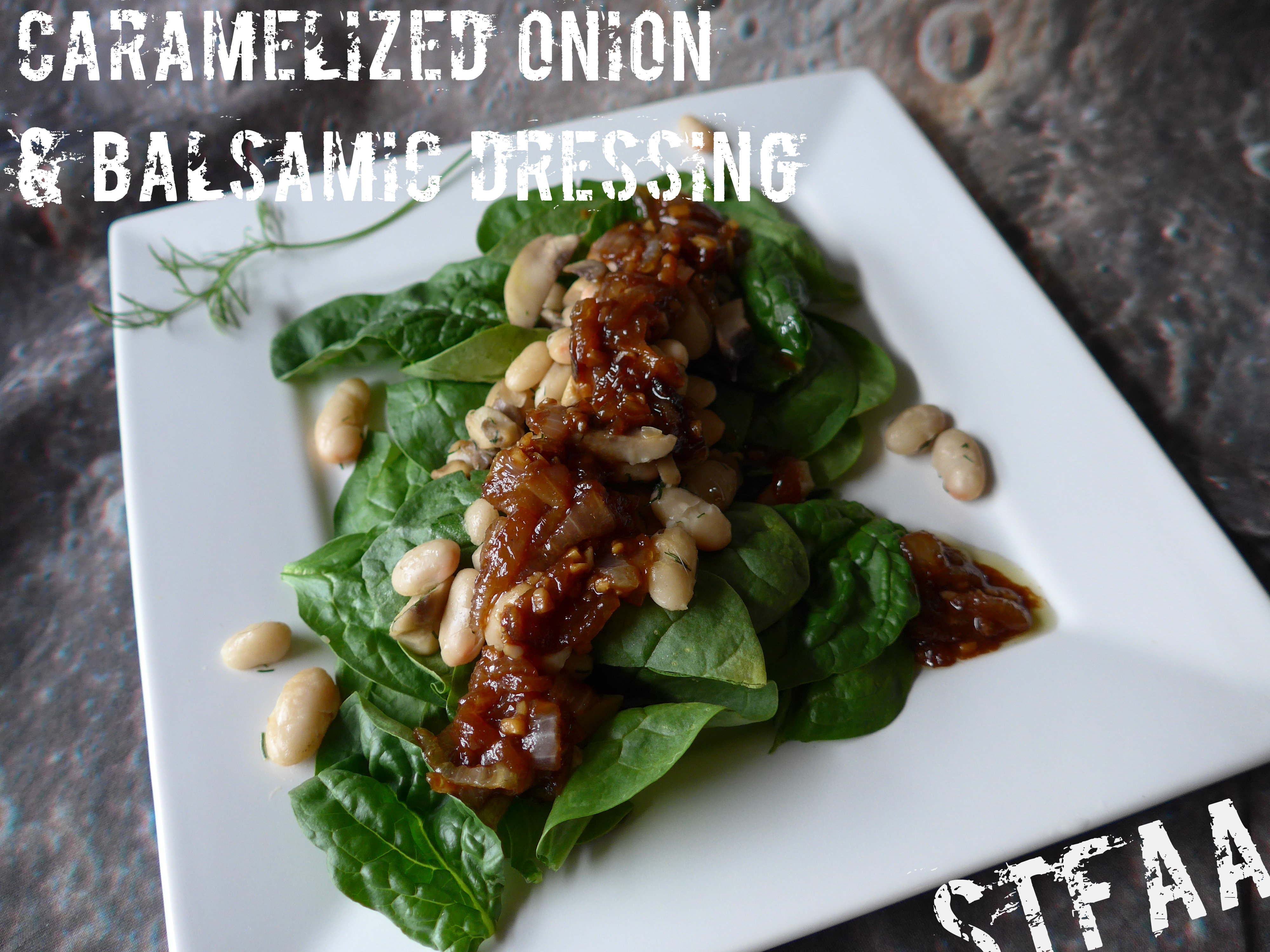
Caramelized Onion Balsamic Dressing
- 3 Tablespoons olive oil (cooking quality, not finish quality — you’re heating this)
- 1 cup of onions, halved, then quarter each half and slice thinly. This is about one baseball-sized onion
- 1/2 – 3/4 teaspoon salt (how salty do you like your dressing? I like the high end of this range, but to just get good flavor, 1/2 teaspoon is enough)
- 1 1/2 teaspoon chopped garlic (about one largish clove)
- 1-2 Tablespoons balsamic vinegar (again, adjust for your preferred tanginess)
- 1 teaspoon Dijon mustard
- 1 Tablespoon faux tamari, or 1/2 Tablespoon tamari and 1 teaspoon maple syrup or other liquid sweetener
Place a large skillet (I always use my cast iron) over medium heat. When hot, add olive oil and let it heat until shimmering.
Add onions, and stir well. Cook until translucent, stirring frequently.
Add salt. Stir well, and turn heat to medium low. Cook until caramelization begins (golden browning), stirring infrequently, knowing that this will take up to 45 minutes. It’s worth it.
When the browning has begun across the pan of onions, add the garlic, Dijon, balsamic, and tamari, stirring well after each addition. Stir this over the heat until everything has really incorporated (2-4 minutes), and then remove from heat.
Bonus Salad Recipe: Mushrooms, White Beans, and Dill over Spinach
- 2 -3 teaspoons of oil
- 1 package (8 oz) mushrooms, washed and chopped roughly
- 1 can (15 oz) small white beans, drained and rinsed
- 1 packed Tablespoon of fresh dill, chopped
- 5 oz of spinach, washed and torn (if big)
Heat a large skillet over medium heat — since you’re combining everything, feel free to use the skillet you made the dressing in without washing it. When hot, add the mushrooms and oil. I always add these two together since I “measure” the oil by adding just a little to the pan, adding the mushrooms, and stirring well. I keep adding little bits of oil while stirring until the mushrooms are all lightly coated. This is probably less than you’d imagine, or less than you would start out with, so it keeps the mushrooms from sticking but also keeps them from being greasy.
Cook over medium heat as the mushrooms release their liquid. Stir frequently. When they’ve shrunk and look cooked, add the beans. Stir well, and add the dill. Cook another 2-3 minutes, until all the beans are hot.
Place the spinach in a large bowl. Pour beans and mushrooms over spinach, then dressing. Let sit for about 5 minutes to wilt the spinach, then toss. Let it sit again, if you like, for further wilting, and then serve.
